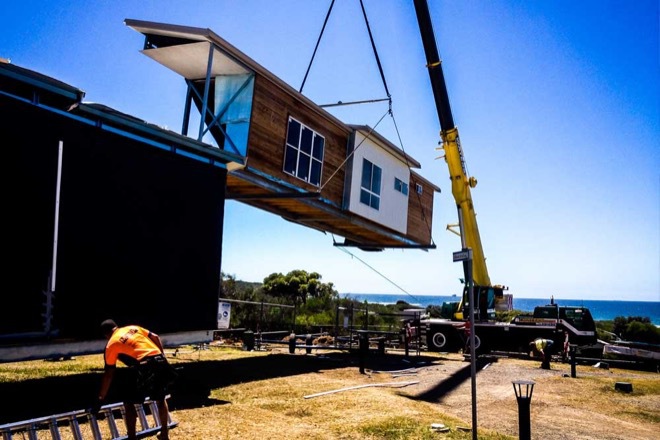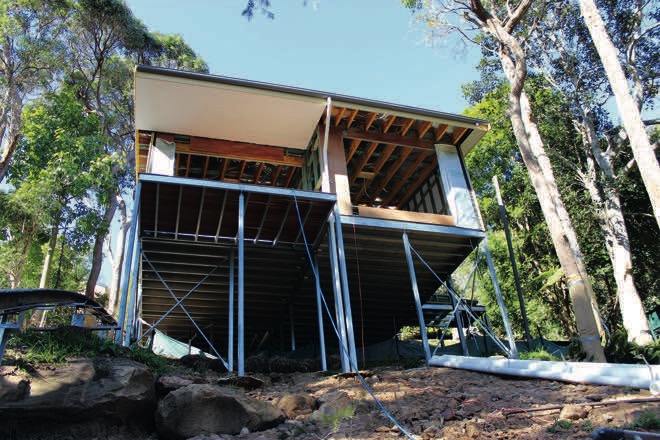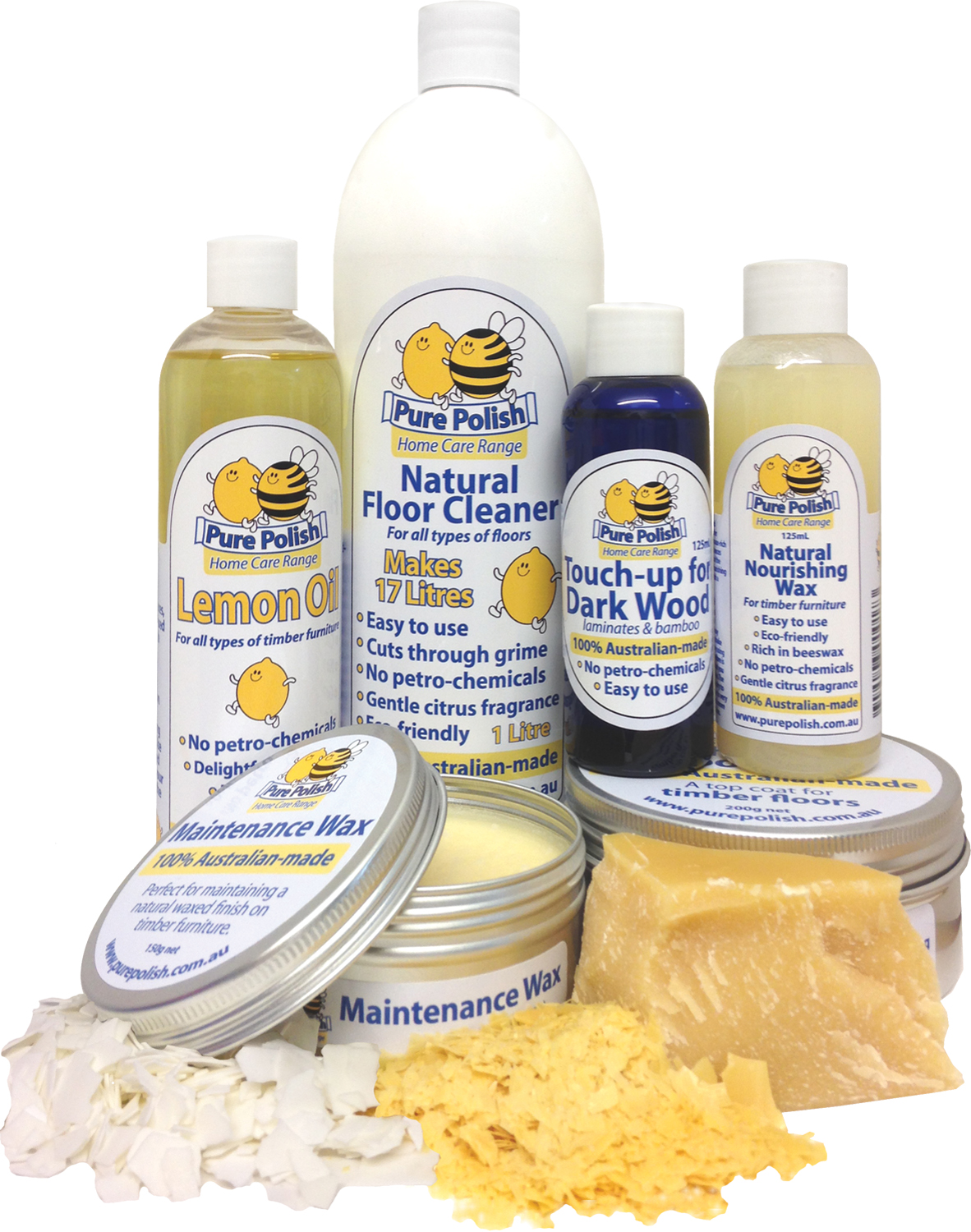Is the environment and air quality inside your house making you sick?
Last year, when we’d experienced some protracted wet weather in Sydney, one of my sofas became covered in mould. This was rather horrifying but fortunately, due to some quick action and attention by an eco-friendly upholstery cleaning service, which included cleaning the carpets and other furniture inside the house, the offending sofa was quickly back in use. This reminded me about some of the issues we can experience in our homes, which, if unattended to, can have serious consequences.
Old houses, such as the one I lived in in Sydney, are notoriously poorly ventilated. It was the build-up of humidity within the house that caused the mould and with few windows and poor airflow the result was not surprising. Installing a dehumidifier and fans has helped to improve the interior environment and I’m pleased to say, the sofa remains in use.
The air quality inside our homes (and not just the old ones) and buildings is often more toxic than the air outside. Indoor pollution from many furnishings and building materials, spores and cooking, air fresheners, cleaners, carpets, curtains and paints can and does affect our health. Effects of indoor air pollution can range from minor health issues such as eye and throat irritation to long-term effects such as respiratory disease, and even death. And as we spend up to 90% of our time inside buildings it’s important to understand ways in which we can make our homes, and all buildings, healthier on the inside.
Research published in the journal Science of the Total Environment, an international journal for scientific research into the environment and its relationship with humankind, has highlighted the dangerous effects of indoor pollution on human health and has called for policies to ensure closer monitoring of air quality. So, what can we do to keep the air quality inside our homes as healthy as possible?
When building or renovating houses, it’s useful to understand something about the materials being used from the cladding, insulation, timber and lining, paints and glues to the interior finishes and furnishings. Seeking out environmentally friendly products and materials should be your number one priority when undertaking a building or interior project and your building and design professionals should also be aware and onboard with the principle of ‘first do no harm.’
It’s well known that many building materials contain toxic chemicals including formaldehyde, phthalates, CCAs and PFOAs, which are all potentially harmful to human health. Why these products still exist in building materials baffles me, but it is possible to avoid many of them by making better informed choices.
There are companies who take producing non-toxic materials very seriously and it pays to research them when sourcing products for your building projects. Most companies will have an environmental policy available on their website, but if not, you should do your due diligence and ask about the products before you buy them. If they can’t provide the information, go elsewhere.
Countries such as Sweden believe that if a substance cannot be proven completely safe, care and avoidance should be implemented. But it’s not in every manufacturer’s interests to tell us what nasties may lay in their products, so you need to be vigilant when making purchases.
Here are some tips to minimise the effects of interior pollution in your homes:
- Buy a good vacuum cleaner and use regularly; and ensure it doesn’t send out dust as well as suck it up.
- Ensure you have good ventilation. Open windows wherever possible and provide good cross-flow or air exchange when designing new homes.
- Avoid bringing toxic chemicals inside your home. If you MUST use them, keep them in an outdoor shed.
- Ditch the air freshener. Regular cleaning with vinegar, lemon juice and baking soda will keep your home clean and fresh without the need for nasty chemicals.
- Choose low or zero-VOC paints, glues, dyes, grouts and boards.
- Select furniture and furnishings that do not contain or are manufactured with toxic materials that can outgas for years. This includes, bed linen, carpets, wall and window coverings and upholstery.
- Do install plants in your home but ensure that any fertilisers are not toxic. Indoor plants can improve the interior air quality and bring a touch of nature indoors.
- Before you build, check that your site is free from contamination. You can do this by having a soil test.
- Use only natural personal care products; read the labels for information. And ditch the chemical fabric softener in your washing, instead use half a cup of baking soda to the water in your washing machine and let it dissolve prior to adding your clothes.
- If the label says permanent press or wrinkle-free know that the product contains formaldehyde. Choose clothing, towels and bed linen made from natural fibres with no added chemicals.
While we can’t live in a bubble away from all the nasties lurking in our environment, we can make choices to minimise their use and effect.









